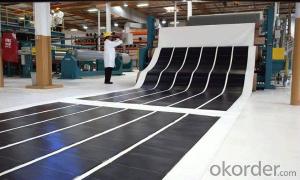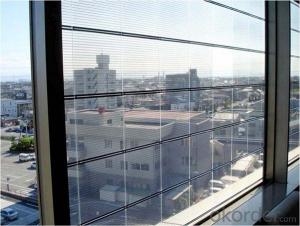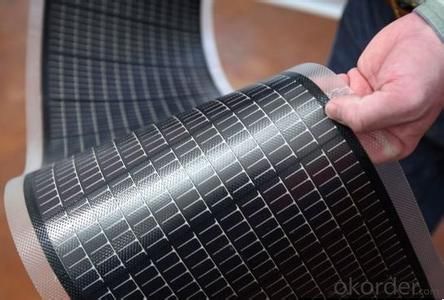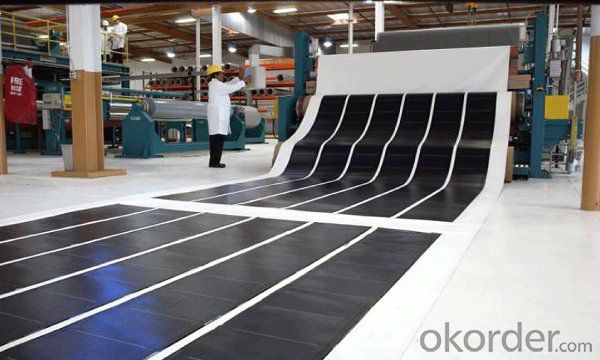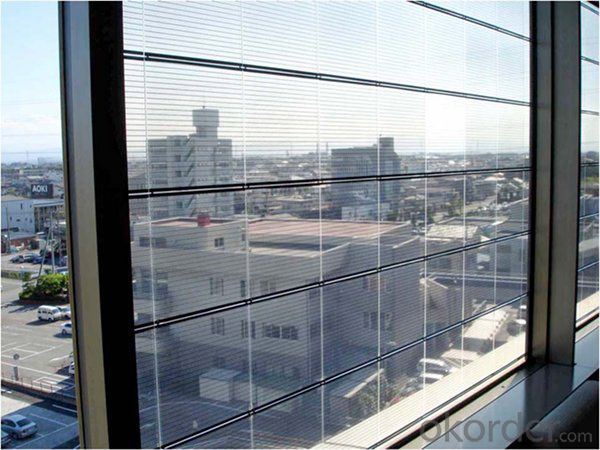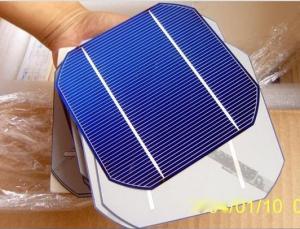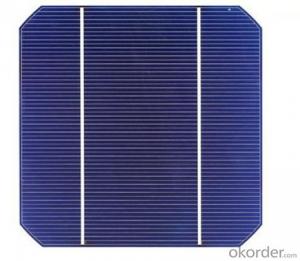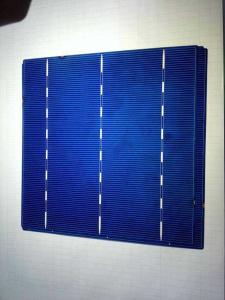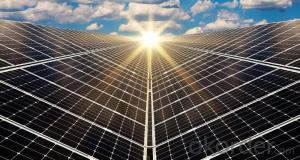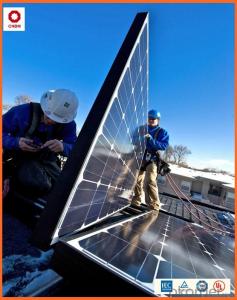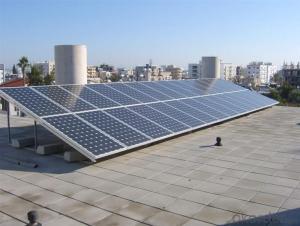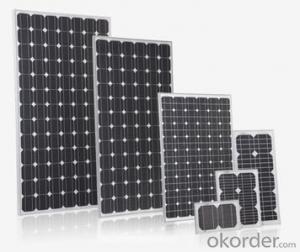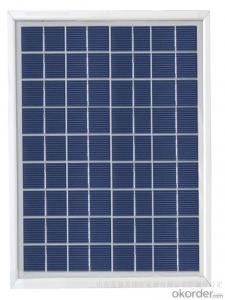Second Generation Thin Film Solar Cell with TUV/ UL/ CE/ ROHS/ IEC/ CQC/ ISO/ SFEC/ CEC Approval
- Loading Port:
- Tianjin
- Payment Terms:
- TT or LC
- Min Order Qty:
- 10 unit
- Supply Capability:
- 500 unit/month
OKorder Service Pledge
OKorder Financial Service
You Might Also Like
Specifications
Thin film solar system energy yield per Wp can be 10% higher than that of silicon solar system due to material characterics.
Amorphous silicon thin film solar panel, with TUV/ UL/ CE/ RoHS/ IEC/ CQC/ ISO/ SFEC/ CEC approval.Framed by black anodized aluminium, easy to fix or made into free standing type. AmpleSun ASF series have many advantages with high quality production process and raw materials:
General advantages:
1. Good environment adaptability, less sensitive to installation angle, more suitable for vertical installation in BIPV.
2. Excellent performance.
3. 30% lighter than double-glass type.
4. Framed with aluminium makes ASF more solid.
5. Good looking, well match the buildings or as a constituent part.
6. Free from defects for 5 year with regular use, maintain more than 90% of Max. power for 10 years and 80% for 25 years.
Technical advantages:
1. Low temperature coefficient:
Normally, the electricity performance of photovoltaic module is measured by STC standard. However, the temperature of solar module, operating in the sun, can be much higher than atmosphere temperature.
With the temperature increase, module power will decrease accordingly. Temperature coefficient for thin film silicon solar cell is 0.2%/0c, and that of crystalline solar cell is -0.5%/0c. That means, when the module is worked on 500c condition, compare to the efficiency reached on 250c test standard , thin film silicon solar module will loose around 5%, and the loss for crystalline will be around 12.5%.
In conclusion, even the STC efficiency of thin film silicon solar cell is low, the efficiency in actual operation condition is not far away to that of crystalline solar cell.
2. Good weak light performance:
The performance of thin film silicon solar cell is better than that of crystalline solar cell in the weak light condition.
Solar power system with crystalline solar module will not generate power in the late afternoon. However, solar power system with thin film silicon solar cell still generates power.
Furthermore, thin film silicon has gentle current-voltage curve. This characteristic makes it easier to pick-up the most electricity power.
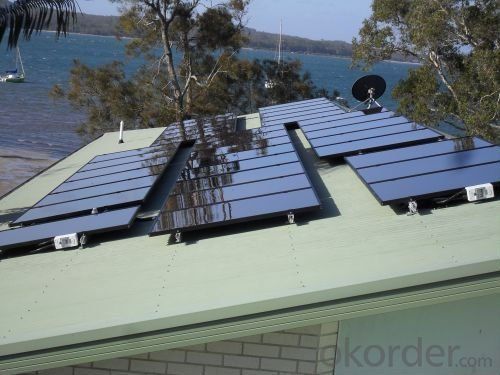
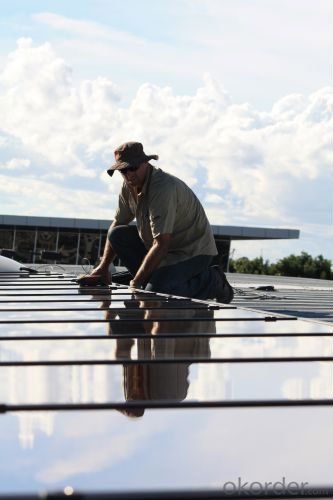
Brief introduction of Thin Film Solar Cell
Thin film solar cells can be made up with inexpensive ceramics, graphite, metal sheets of different materials as substrates. The film thickness can be formed to generate a voltage of just a few μm; the highest conversion efficiency of the thin film solar cell can be up to 13% currently.
Physical Advantage of Thin Film Solar Cell
Now the main material of thin film solar cell is silicon. In the share of the cost of the finished solar cells, silicon materials accounted for nearly 40%. The thickness of amorphous silicon solar cells is less than 1μm, which is less than 1/100 of the thickness of crystalline silicon solar cells, reducing the manufacturing cost greatly. Since the amorphous silicon solar cell manufacturing low temperature (-200 ℃), is easy to realize the advantages of a large area, so that it takes primacy in the thin film solar cell, the manufacturing methods in electron cyclotron resonance method, photochemical vapor deposition method, DC glow discharge, radio frequency glow discharge method, sputtering method and Xie hot-wire method. Especially the RF glow discharge method because of its low temperature process (-200 ℃), easy to implement large-scale and high-volume continuous production, is now internationally recognized as a mature technology. Especially the RF glow discharge method because of its low temperature process (-200 ℃), easy to implement large-scale and high-volume continuous production, is now internationally recognized as a mature technology. In materials research, has studied a-SiC window layer, graded interface layer, μC-SiC p layer, etc., and significantly improves the short-wave spectral response of the cell. This is due to the a-Si solar photo-generated carriers generated mainly in an i-layer, i-layer before reaching the incident light is absorbed by the p-layer portion of the power is invalid. The a-SiC and μC-SiC material than the p-type a-Si has a wider optical band gap, thus reducing the absorption of light that reaches the light increases the i-layer; gradient interface layer coupled with improved a- transport properties of SiC / a-Si heterojunction interface photoelectrons in response to increase in the long-wave, using a suede TCO film, a multi-layer suede back reflection electrode (ZnO / Ag / Al) and multi-bandgap stacked structure, That glass / TCO / p1i1n1 / p2i2n2 / p3i3n3 / ZnO / Ag / Al structure. Suede TCO film and the electrode multilayer back reflector reduces light reflection and transmission losses and an increase in the propagation of light from the i layer, thereby increasing the light absorption in the i-layer multi-band-gap structure, with the i-layer gap width begin to gradually decrease from the light incident direction to absorb sunlight segment reached broaden the spectral response, the purpose of improving the conversion efficiency. Improving the efficiency of the battery stack also features graded bandgap design, tunnel junctions of microcrystalline doped layer, so as to improve the carrier collection.
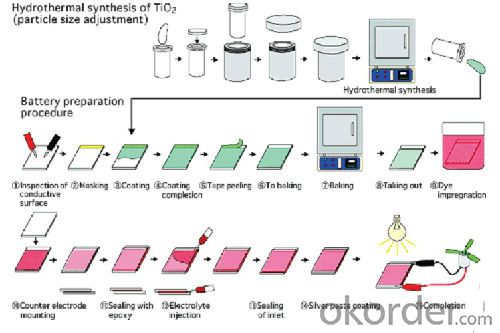
- Q: What is the role of anti-reflective coatings in solar cells?
- The role of anti-reflective coatings in solar cells is to minimize the reflection of sunlight off the surface of the solar cell, allowing more light to be absorbed and converted into electricity. This improves the overall efficiency and performance of the solar cell.
- Q: Can solar cells be used for powering outdoor surveillance systems?
- Yes, solar cells can be effectively used for powering outdoor surveillance systems. Solar cells convert sunlight into electricity, providing a reliable and sustainable source of power for surveillance cameras, sensors, and other surveillance system components. This eliminates the need for conventional power sources and reduces the costs associated with connecting to the electrical grid. Additionally, solar-powered surveillance systems can be easily installed in remote or off-grid locations, making them highly flexible and efficient for outdoor surveillance applications.
- Q: How are solar cells affected by temperature?
- Solar cells are affected by temperature in that higher temperatures can decrease their efficiency and power output.
- Q: What is the role of solar cells in powering data centers?
- Solar cells play a crucial role in powering data centers by converting sunlight into electricity. They capture solar energy, which is then used to generate clean and renewable power to run the various components of data centers, including servers, cooling systems, and networking equipment. By harnessing solar power, data centers can reduce their dependence on fossil fuels, lower their carbon footprint, and contribute to a more sustainable and environmentally friendly infrastructure for storing and processing large amounts of digital information.
- Q: What materials are used to make solar cells?
- Solar cells are primarily made using materials such as silicon, which is the most commonly used material, as well as other semiconductor materials like cadmium telluride, copper indium gallium selenide, and perovskite.
- Q: How do solar cells impact national energy policies?
- Solar cells have a significant impact on national energy policies as they promote the diversification and decentralization of energy sources. By harnessing the power of the sun, solar cells contribute to the development of renewable energy and reduce reliance on fossil fuels. This, in turn, helps countries achieve their energy security goals, mitigate climate change, and enhance sustainability. Governments often incentivize the adoption of solar cells through policy measures such as feed-in tariffs, tax credits, and research funding, which further drive the growth of solar energy and shape national energy policies.
- Q: Can solar cells be used for water heating applications?
- Yes, solar cells can be used for water heating applications. Solar thermal collectors, which incorporate solar cells, can absorb sunlight and convert it into heat energy, which can be used to heat water for various purposes such as domestic hot water, swimming pools, and space heating.
- Q: What is the impact of solar cells on reducing energy inequality?
- Solar cells have a significant impact on reducing energy inequality by providing access to clean and affordable energy for communities that lack reliable electricity sources. Solar power eliminates the dependence on fossil fuels, which are often expensive and inaccessible for marginalized populations. By harnessing the sun's energy, solar cells offer a sustainable and renewable solution, empowering underserved regions and bridging the energy gap between developed and developing countries.
- Q: What is the efficiency of a typical solar cell?
- The efficiency of a typical solar cell is around 15-20%.
- Q: Can somebody list some of the materials used for making solar cells?
- Solar cells are typically named after the semiconducting material they are made of.
Send your message to us
Second Generation Thin Film Solar Cell with TUV/ UL/ CE/ ROHS/ IEC/ CQC/ ISO/ SFEC/ CEC Approval
- Loading Port:
- Tianjin
- Payment Terms:
- TT or LC
- Min Order Qty:
- 10 unit
- Supply Capability:
- 500 unit/month
OKorder Service Pledge
OKorder Financial Service
Similar products
Hot products
Hot Searches
Related keywords

